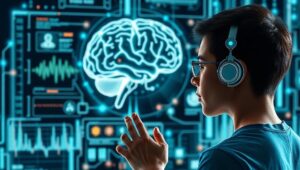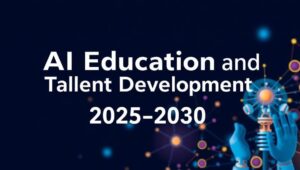The Impact of Computing on Scientific Research Speed (2026)
The Impact of Computing on Scientific Research Speed (2026) Scientific research has always been a cornerstone of human progress, driving innovation and expanding our understanding of the world. However, the pace of research has been historically limited by the tools and methodologies available to scientists. In 2026, it’s clear that computing power has become an indispensable catalyst, dramatically accelerating the speed at which scientific discoveries are made. High-Performance Computing (HPC) One of the most significant impacts of computing on scientific research is the advent of high-performance computing (HPC). HPC systems, often composed of clusters of powerful computers, enable researchers to












